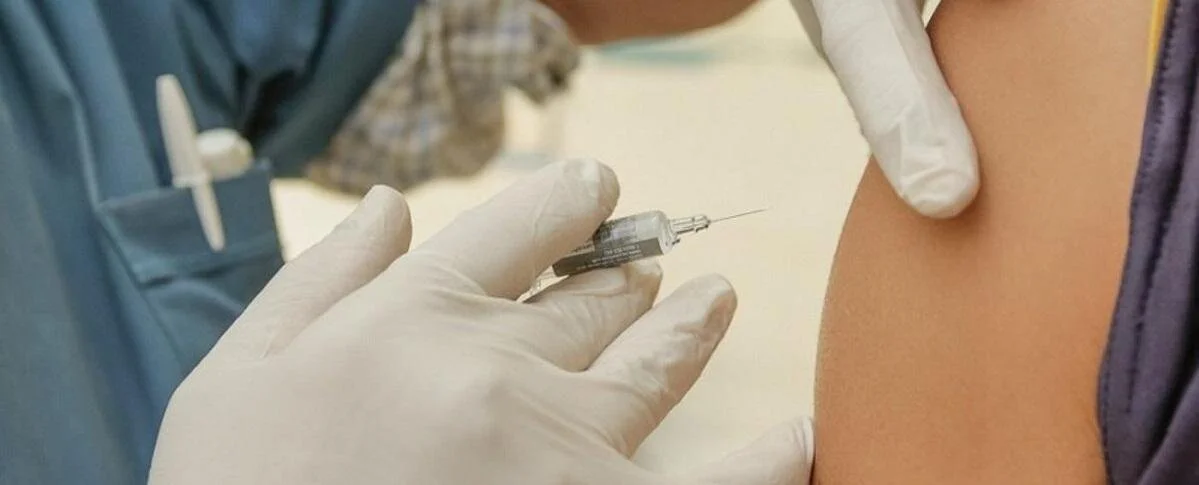This week marks the five-year anniversary of the COVID-19 lockdown. Mostly, life has returned to normal. But in some ways we still seem to be struggling, our columnist notes.
Read MoreAs Zimbabwe battles a measles outbreak, government and health care officials blame religious sects whose doctrines are emphatically opposed to Western medicine.
Read MoreThis week’s Weekend Plug-in highlights the growing focus on religious exemptions amid pressure to vaccinate more Americans to slow the spread of COVID-19. Plus, check out the week’s best reads and top headlines in the world of faith.
Read More(ANALYSIS) When exploring data on vaccine hesitancy, it is hard to peg down the religion factor in the drama. At some point, secular and religious leaders who sincerely want to change minds on the vaccine issue will need to "stop calling people ugly names" and try listening to some of their fears and concerns.
Read MoreThis week’s Weekend Plug-in highlights religion headlines after the Taliban’s takeover of the government in Afghanistan. Plus, catch up on all the best reads and top headlines in the world of faith.
Read MoreThis week’s Weekend Plug-in summary starts with the latest, complicated news on the COVID-19 vaccines and religion. Plus, as always, catch up on all the best reads and top headlines in the world of faith news.
Read More(OPINION) The seeds were sown long ago, in America’s first pilgrims. They mostly came here to be left alone. Our seedbed of stubborn independence was stirred in the Second Great Awakening. It sprouted an evangelical form of Christianity suspicious of institutional authority and traditions.
Read More(ANALYSIS) According to surveys by Data for Progress, more young Americans with no religious affiliation (called “nones”) resisted vaccines this summer than evangelicals, but the media has focused on vaccine hesitancy within evangelicals. Here’s what the data shows.
Read More(ANALYSIS) White Christians were significantly more likely to get the vaccine than the general public between January and April. In the latest survey results, nearly 60% of White Catholics had been vaccinated and just about half of White evangelicals said the same. It was the religious “nones” that were lagging far behind, with only 31% indicating that they had received one dose.
Read More







